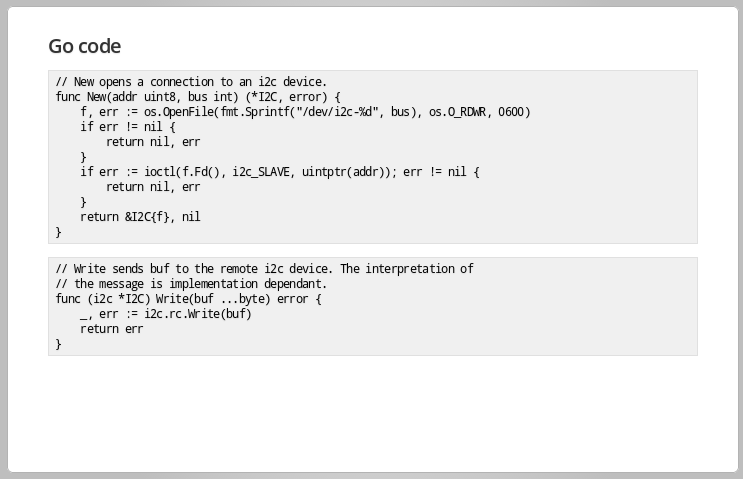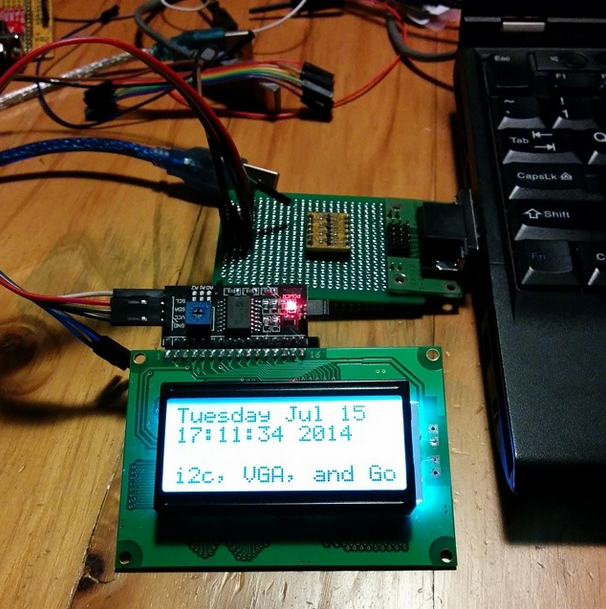

Here is the main function of the script (I can verify that this problem occurs only in the main function where argparse is used, not the other functions that the main function calls):
Tinyterm image how to#
I don't know how to make heads or tales about this. Lastly, when I use a different subcommand that has no arguments and give it an argument (one too many) it spits out everything completely correctly without even the extra couple lines at the end. Right above the second time it prints, it prints the default usage line for that subcommand.

When I call the one subcommand that has a required positional argument and I don't include that argument. When I call the main command and then type -help, the exact same thing happens as above. Also because the word usage appears in my text file, it says "usage: usage" When I call the main function with no subcommands and no arguments, my help_text from the text file outputs, and then like 2-3 additional lines of boiler plate I can't seem to get rid of. Lastly, I have set up a base case to display the help text whenever no subcommands are given. Before I reworked the help text, I had help text for each individual subcommand by using "help=" but now those are all blank. Only one of those subparsers has any additional arguments (one positional, one optional). Then I create subparsers (4 of them and then a base case) to create subcommands. I read in my help text file, set it to a string help_text, and then set "usage=help_text" on the parser. Here is the basics of how my program is broken down:
Tinyterm image full#
But my boss isn't satisfied with the default help text, so he is having me write up the full usage/help text in a text file and just display the entire file.įor some reason, in a certain case, its outputting the text twice. Originally I had tried to leverage argparse's built in help text behavior. I created a command line interface with argparse. After an hour googling, I can't find anybody who has had anything resembling this issue besides myself. For more information, screenshots and full documentation please visit. * On-screen PC, VT and IBM-style keyboards with function keysĪNSI: ANSI 3.64, SCOANSI, AT386, Linux Consoleĭigital: VT100, VT220, VT220-7, VT320, VT320-7, VT420 * Fonts rendered internally for crystal-clear type in all situations * Resizable text font size using pinch/zoom for maximum readability * Configuration import/export with multiple configuration package file wrapping

* User interface customization including no title bar * Precise emulation of IBM 3270, 5250, VT420, Wyse 50/60, ADDS terminals * Secure SSH and telnet access over WiFi, cellular and VPN networks
Tinyterm image license#
* License configuration server option allows feature upgrades and configuration push TinyTERM Enterprise provides enterprise deployment capabilities including configuration push, user interface lockdown and extensive configuration import/export management, and is designed for corporate IT departments to create purposed solutions for non-technical users or uses where pre-configured automated application startup is required. Full compatibility with Android’s brower with extensions for locking down the user interface allows deployment of existing web applications into purposed environments. TinyTERM Enterprise Evaluation’s Industrial Browser includes comprehensive scanning capabilities for scanning bar codes into input fields on web pages. TinyTERM Enterprise Evaluation combines second-generation secure terminal emulation with a highly configurable industrial web browser to allow creation and deployment of purpose-based devices requiring access to legacy hosts or HTML5/Javascript applications in modern web environments.
Tinyterm image for android#
TinyTERM Enterprise for Android provides secure SSH and telnet access using exact terminal emulation for 21 terminal types, including IBM TN3270E, TN5250, VT420 and Wyse 50/60.


 0 kommentar(er)
0 kommentar(er)
